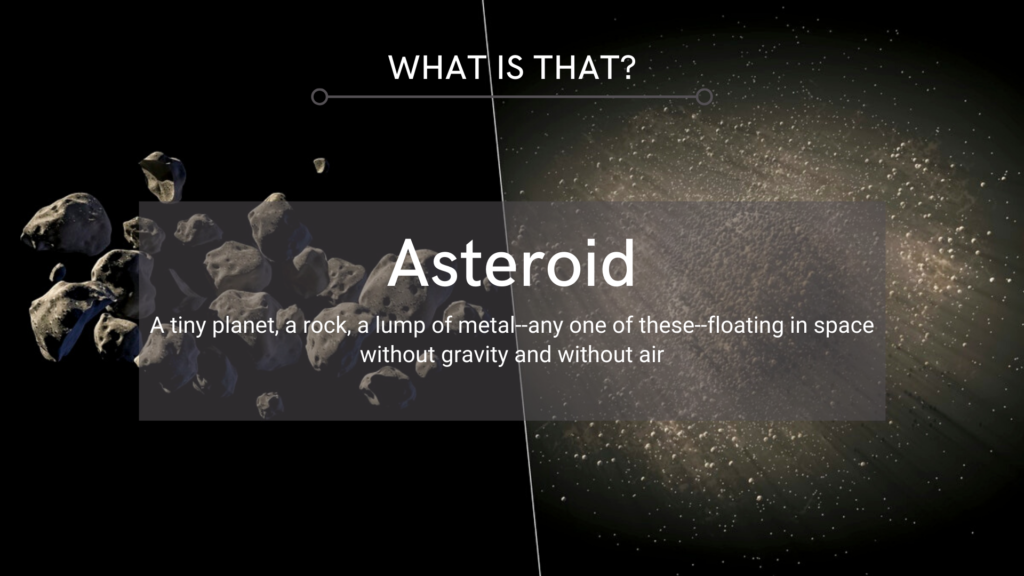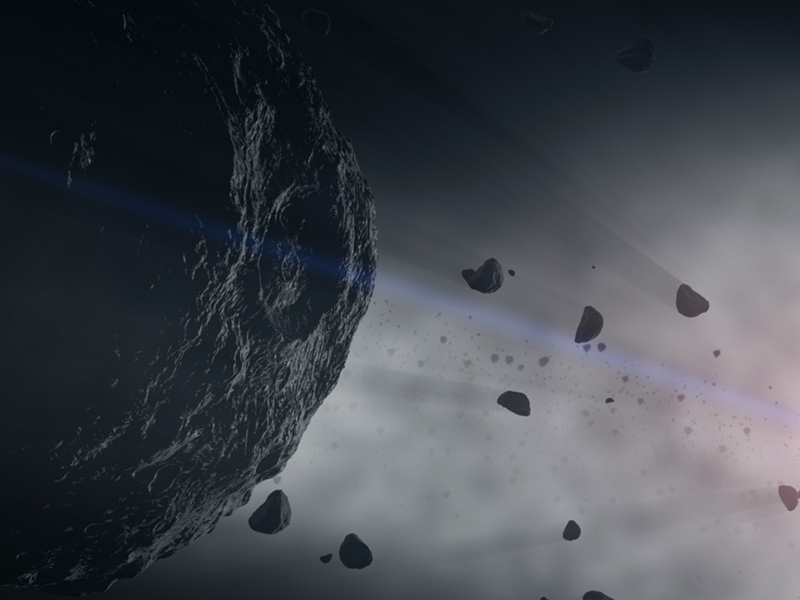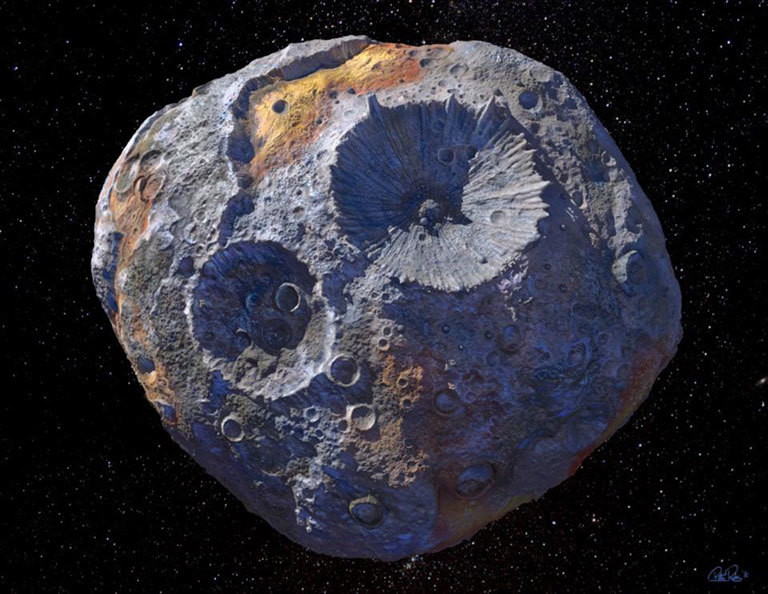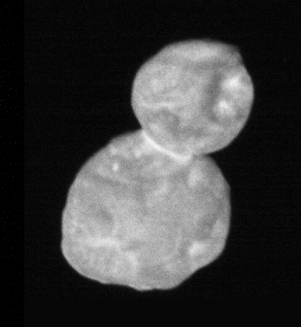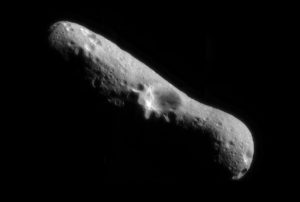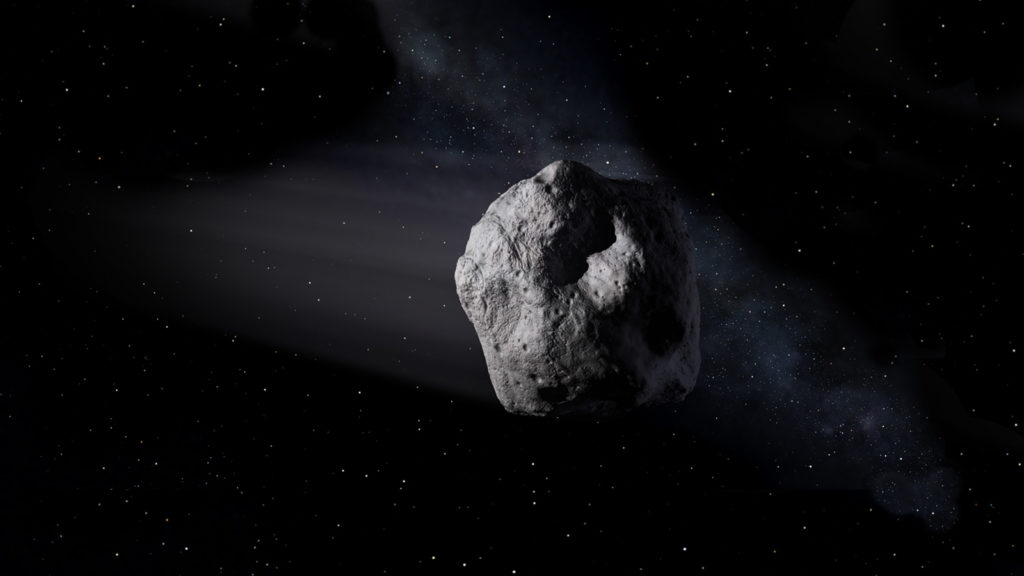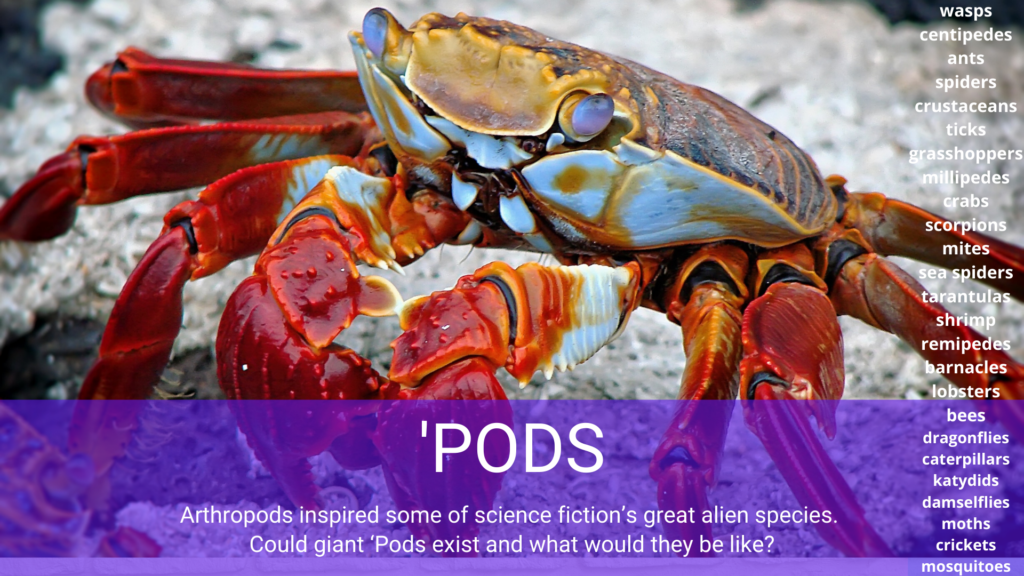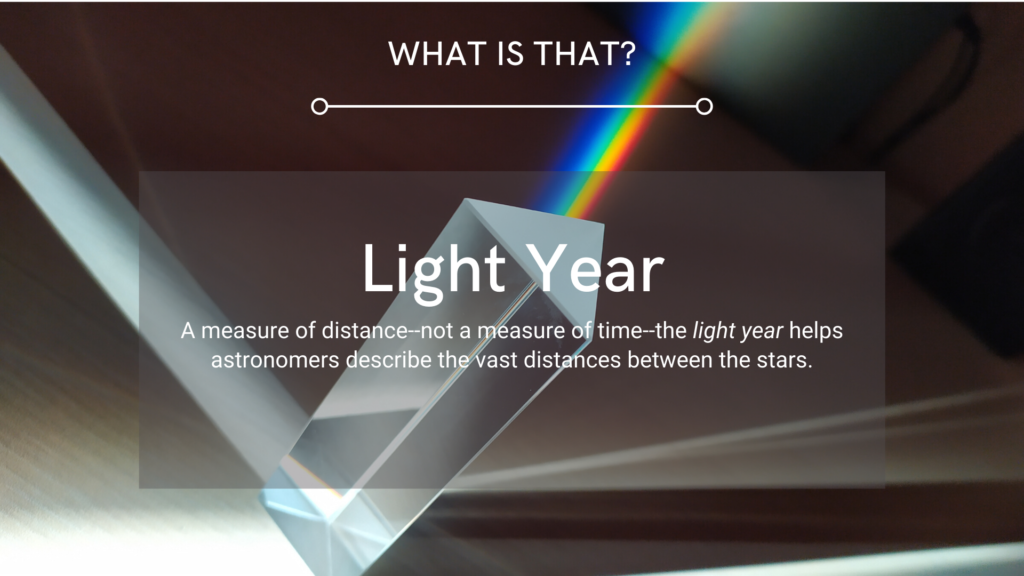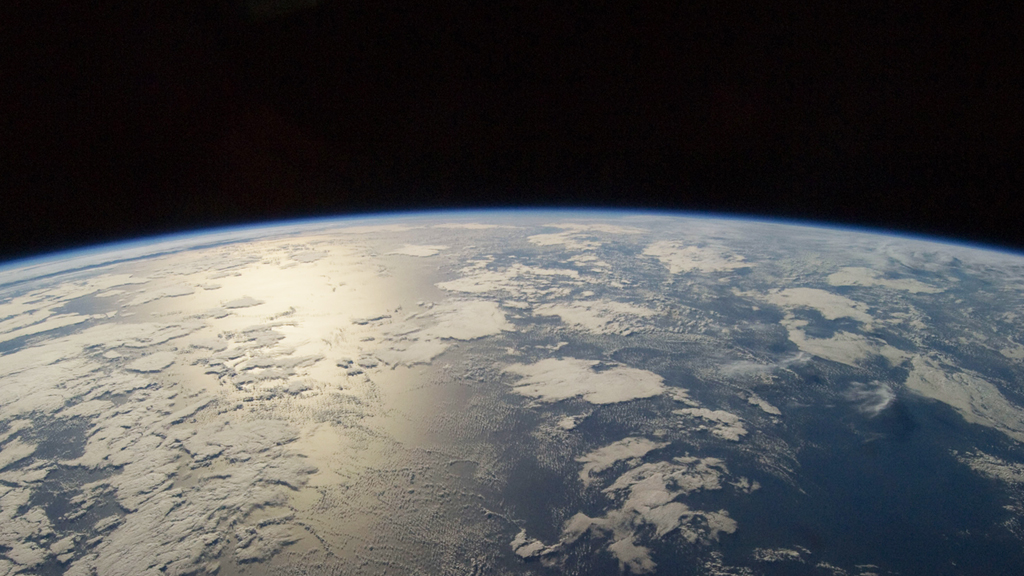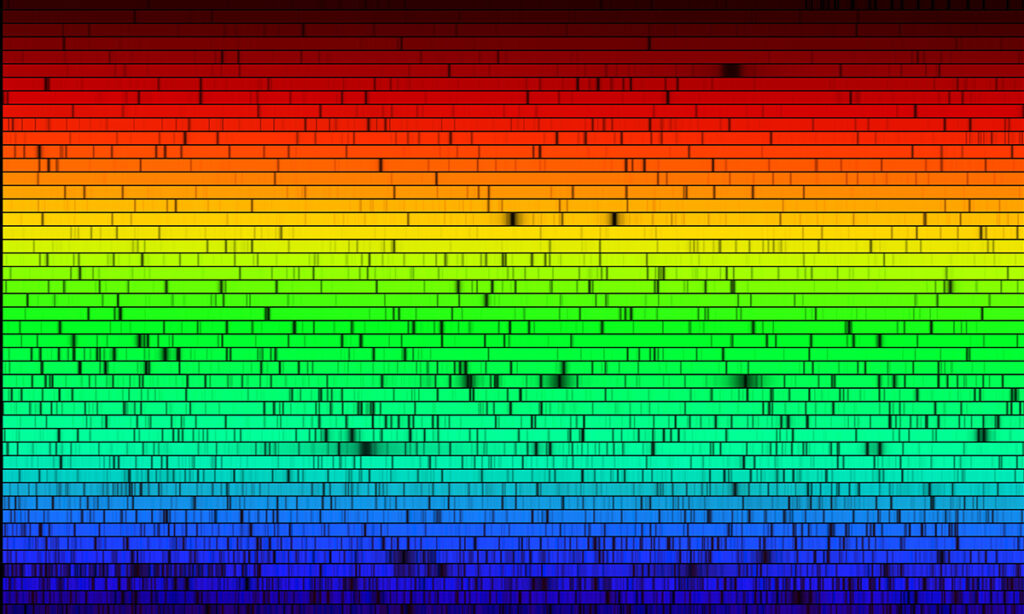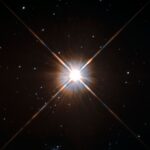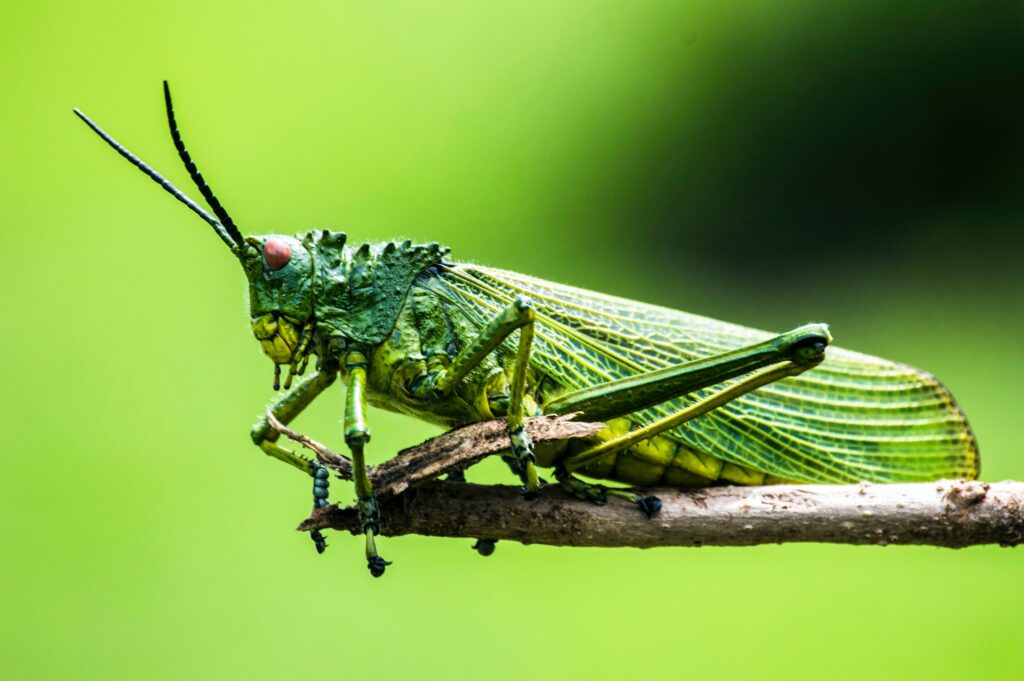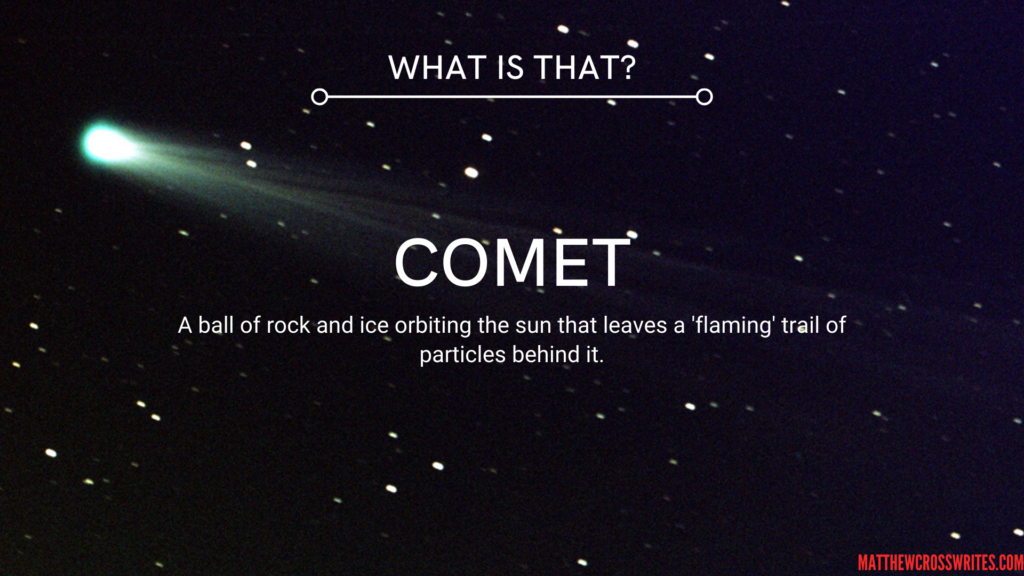
Today is Wednesday, so it’s time for our regular feature What is that? Here’s today’s term:
Comet – an object orbiting the sun made of rock and ice that grows a “tail” of vapor and dust when it approaches the sun
Dirty Snowball
Comets are sometimes described as “dirty snowballs” because they are made of a mixture of both ice and rock and dust. They orbit the sun in an elongated, oval path that can take hundreds or even millions of years to complete. They may spend much of their time traveling through the Kuiper Belt, a region of space beyond Neptune, the furthest planet from our sun.
Flaming Tail
Comets are different from asteroids, which tend to be composed of rock and/or metals, because they contain large amounts of ice–frozen water and other frozen gases.
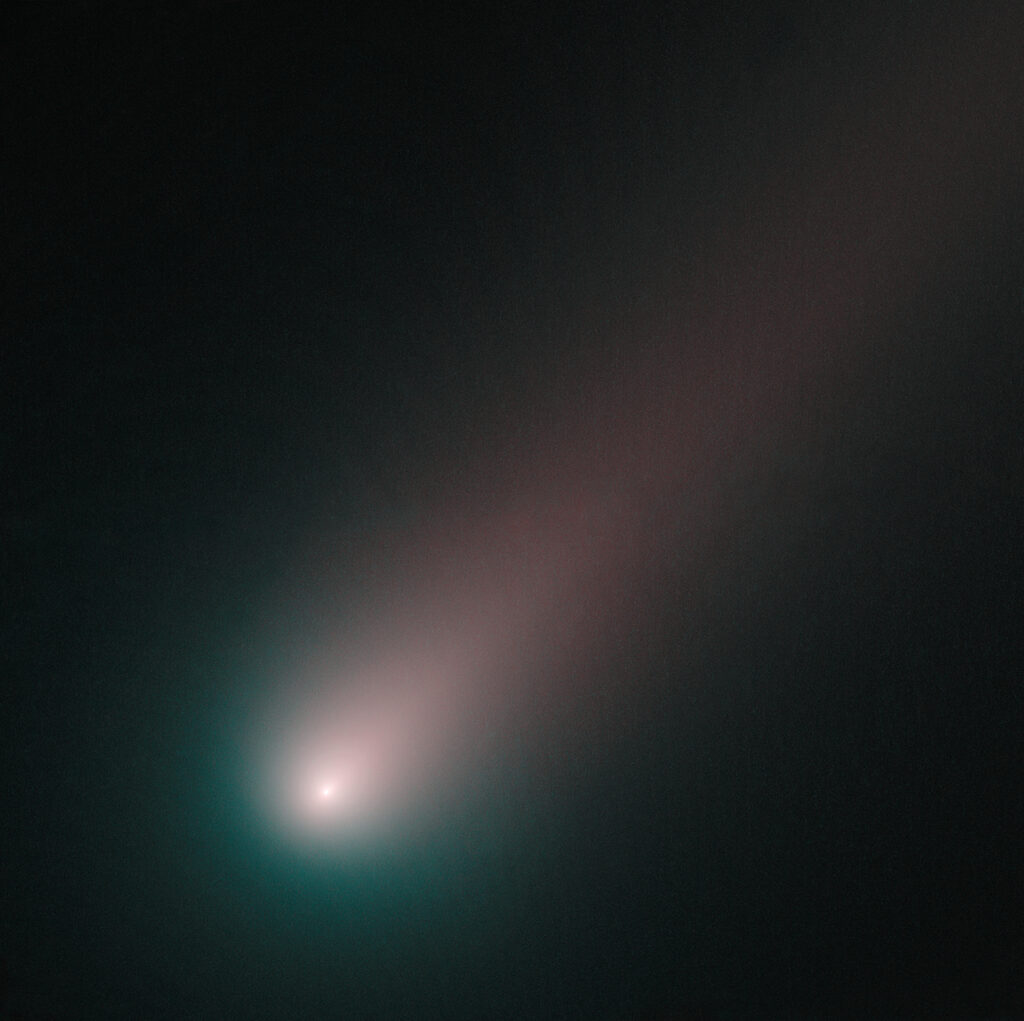
This image of Comet Ison, published in 2013, was made from combined photos taken through blue and red filters. Source: NASA/ESA/Hubble Heritage Team (STScI/AURA).
“When frozen, they are the size of a small town. When a comet’s orbit brings it close to the Sun, it heats up and spews dust and gases into a giant glowing head larger than most planets,” according to NASA.
When a comet’s orbit brings it near to the Sun, the Sun’s warmth heats up the comet’s ice. The melted ice boils off and the comet’s ice, dust, and rock surface make a cloud around the comet. As the cloud trails behind the comet it leaves a wide path of particles millions of miles long. The sun lights up this tail, sometimes making it visible on Earth.
Parts of a comet
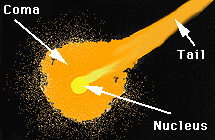
- Nucleus–the main body of the comet, which is made of frozen gases, rock and dust
- Coma–the cloud of particles and gases that form around the comet nucleus when it is heated by the Sun
- Head–when a comet is traveling near the sun, and a coma forms, the head is the nucleus and coma, which may be 600,000 miles (1 million kilometers) across. The head is a bright cloud of particles and gases lit by the sun.
- Tail–when the comet is near the sun and the coma forms, the tail is the long trail of particles and gases left behind the head as it hurtles through space. Tails can stretch for millions of miles.
How many comets are there in our solar system?
Scientists estimate there are billions of comets orbiting the Sun in paths that pass far outside Neptune’s orbit. They travel in the far distant portions of our solar system called the Kuiper Belt and the Oort Cloud.
Although scientists think there are billions of comets, we have only discovered and named less than 4,000 comets.
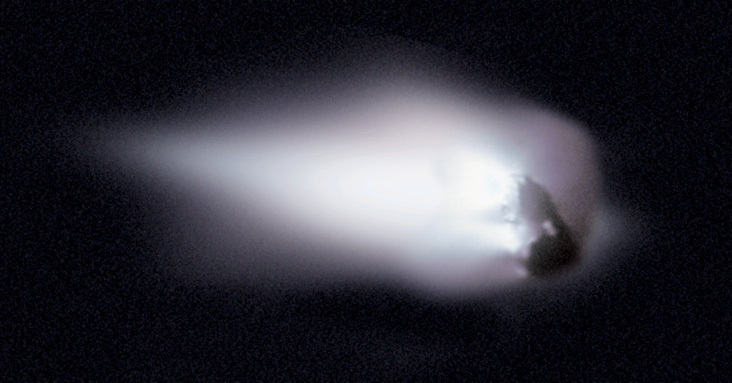
How are comets named?
A comet is usually named after the person that discovered it. Halley’s Comet, perhaps the most famous comet, is named after Edmond Halley, an English astronomer. He studied historical reports of other astronomers and suggested that reports of a comet appearing every 75 years might be the same comet. He predicted it would appear again in 1758. He was right and the comet was named after him. But he did not live long enough to see its return and his theory proven.
Halley’s comet will not appear to us on Earth again until 2061.
Many comets now have the names of spacecraft in their names–names like Linea, Soho and Wise–because spacecraft (and their operators) are very good at finding comets.
Design your own comet!
Imagine you discovered a comet flying through space and it was named after you. What would it look like? What types of ices and rock would it be made of? How long would it take to orbit the Sun? What year would we see it next in Earth’s nighttime sky?
Please post your comments below.
Be stellar!
Matthew Cross



